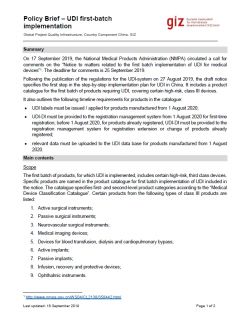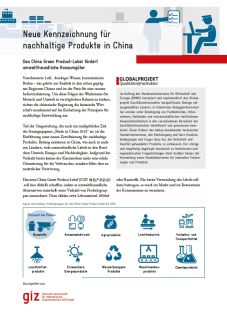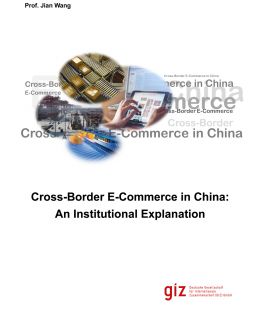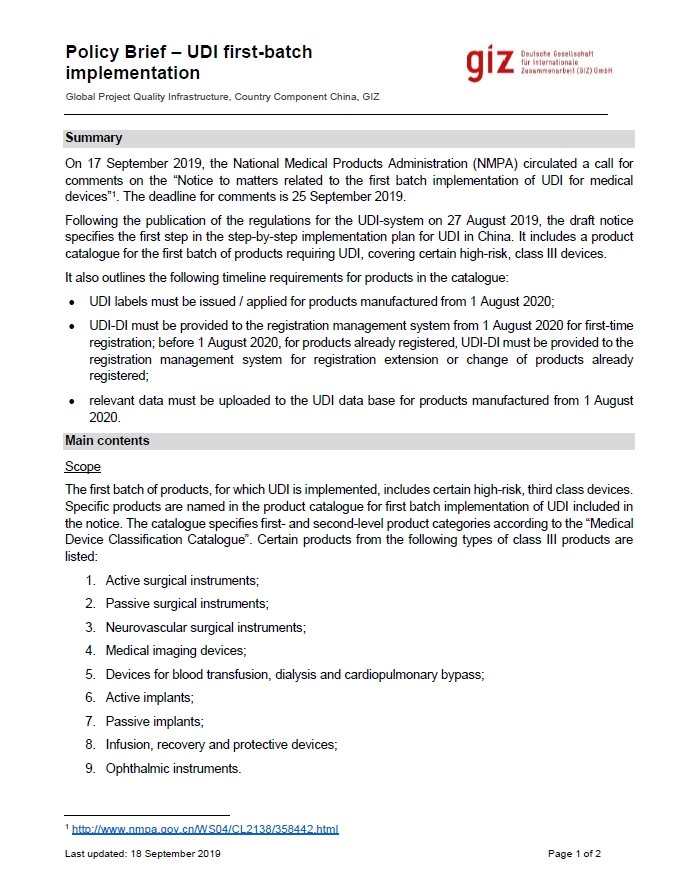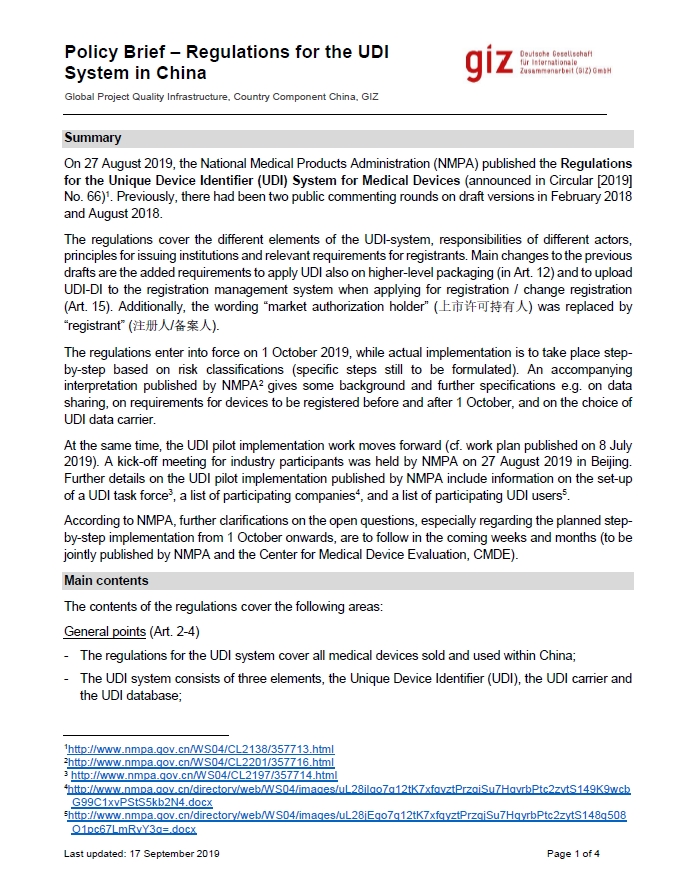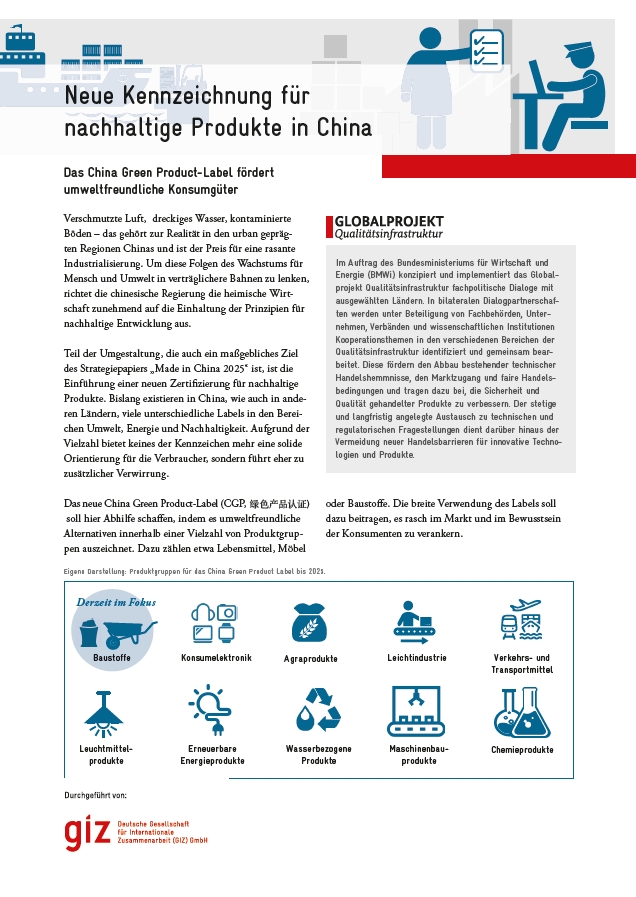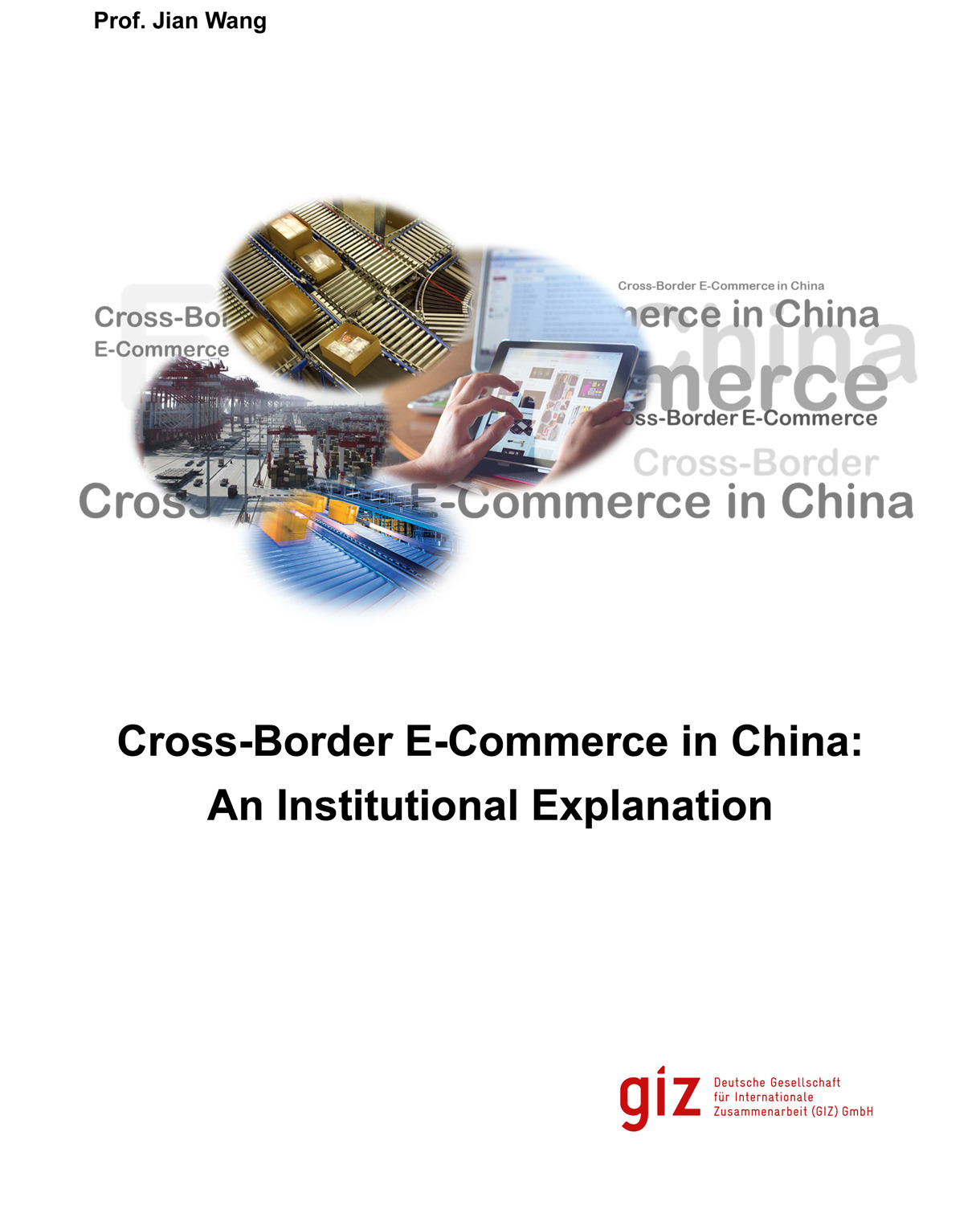China
Latest publications
News
Policy Monitoring: New changes made to CCC Certification in China
SAMR issued "Announcement No. 44" on 16 October 2019, making new adjustments to the CCC product catalogue and implementation requirements.
Read more … Policy Monitoring: New changes made to CCC Certification in China
9th Meeting of the Sub-Working Group Industrie 4.0 / Intelligent Manufacturing and 4th Sino-German Standardisation Forum on Intelligent Manufacturing
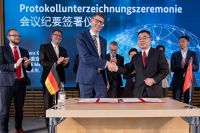
The 9th Meeting of the Sino-German Sub-Working Group Industrie 4.0 / Intelligent Manufacturingwas held on 7,8 and 11 November. It brought together political representatives and leading experts from both countries and enabled in-depth exchange on technical topics, current work results and respective standardisation developments. In addition, on 11 November the 4th Sino-German Standardisation Forum on Intelligent Manufacturing took place in the scope of the 3rd Sino-German State Secretaries and Vice Ministers Conference on Intelligent Manufacturing. During the Forum, experts from both countries exchanged on key trends in Industrie 4.0 and Intelligent Manufacturing standardisation. In total, over 80 representatives participated in the meetings, consisting of government agencies, standardisation organisations, research institutes and enterprises.
Events
Contact
Jan-Patrick Schnell
Head of Country Component China
Sino-German Quality Infrastructure Project
Deutsche Gesellschaft für Internationale Zusammenarbeit (GIZ) GmbH
Tayuan Diplomatic Office Building
Room 1-13-1
No. 14, Liangmahe Nanlu, Chaoyang District
100600 Beijing, PR China
北京市朝阳区亮马河南路14号
塔园外交人员办公楼1-13-1
Phone: +86 10 85 32 47 58
Mail: china@gpqi.org

